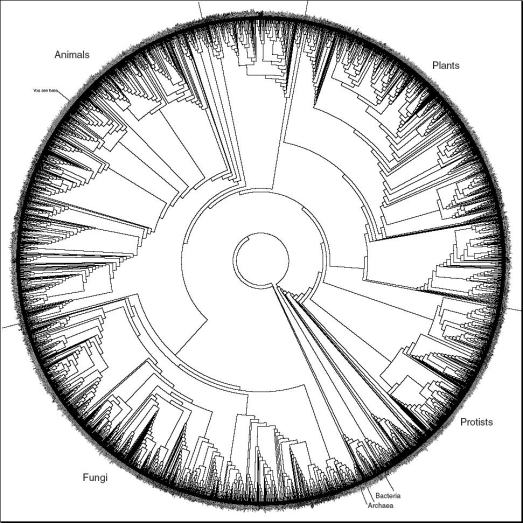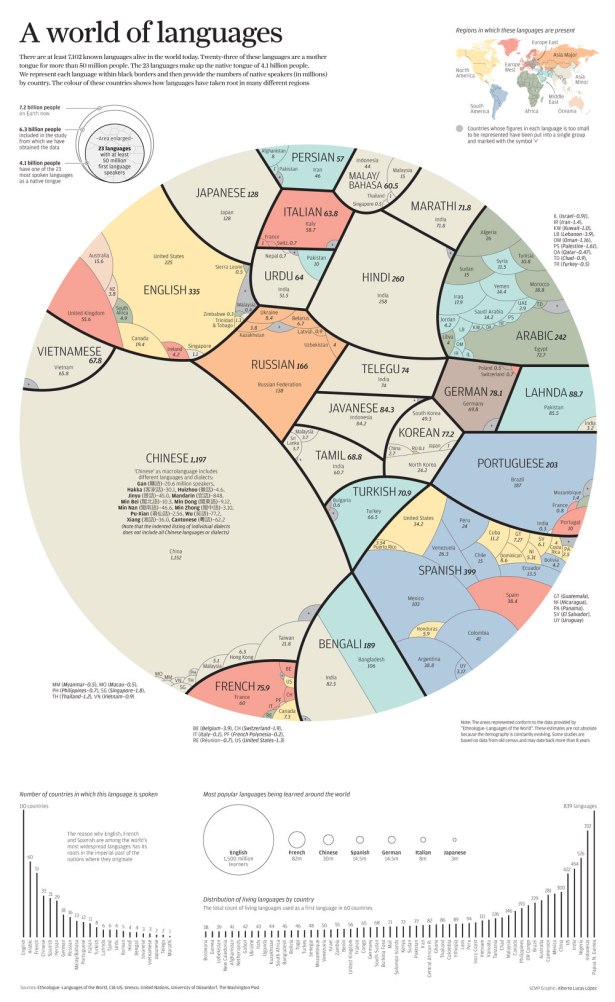I read an interesting article about the expectations within storytelling and how that changes based on culture. It is a bit of a long read, but well worth looking at. In it, the author considers how storytelling has evolved and some of the modern demands of books and popular culture. There is also the wonderful promotion of cross-cultural storytelling.
Also, if you’re a bit of a nerd like me, you’ll appreciate this interactive map of Middle Earth and the other offerings from the LOTR project. It’s just a fun look at the series and a seriously massive compilation of information from the books. If you want something Middle Earth related, this is the place to look.
Finally, have some fun with the rules for an evil overlord. My personal favorite was number 12: One of my advisors will be an average five-year-old child. Any flaws in my plan that he is able to spot will be corrected before implementation. It’s kinda funny and makes you think about all tropes we expect from a bad guy.
~Annalyse

